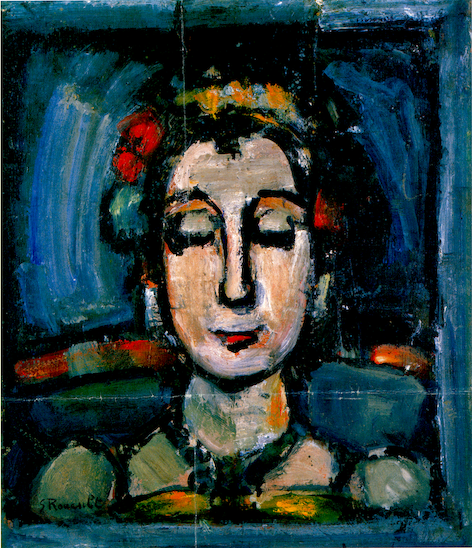きゃりーぱみゅぱみゅのコミュニケーション戦略と現代若者のアイデンティティ表象の研究
An Analysis of Communication-Design Strategy of Kyary Pamyu Pamyu

きゃりーぱみゅぱみゅのコミュニケーション戦略と現代若者のアイデンティティ表象の研究
An Analysis of Communication-Design Strategy of Kyary Pamyu Pamyu

"Kiriko Takemura (竹村
桐子, Takemura Kiriko, born January 29, 1993), known professionally as Kyary Pamyu
Pamyu (Hiragana: きゃりーぱみゅぱみゅ), is a Japanese singer and model. Her
public image is associated with Japan's kawaii and decora culture,
centered in the Harajuku neighborhood of Tokyo,[3] Kyary's music is
produced by musician Yasutaka Nakata of electronic music duo Capsule."
- Kyary
Pamyu Pamyu.
This page is constructed for understanding media strategy of Kyary Pamyu Pamyu expressing Japanese youth collective identities and the "birth" of newly emerging type of narcissism among world youth.
"Yasutaka Nakata (中田ヤスタカ Nakata Yasutaka?, nombre real en kanji: 中田 康貴, 6 de febrero de 1980) es un músico, productor y DJ japonés de música electrónica. Es originario de la ciudad de Kanazawa, capital de la Prefectura de Ishikawa./ Nakata es principalmente conocido por CAPSULE, su grupo junto con la vocalista Toshiko Koshijima, y también por sus trabajos con Perfume, MEG, Ami Suzuki y Kyary Pamyu Pamyu. Desde el 2003 tuvo su propio sello discográfico, contemode, como sub-sello de Yamaha Music Communications aunque actualmente no se encuentra en uso."Yasutaka Nakata
●きゃりーぱみゅぱみゅ - PONPONPON
, Kyary Pamyu Pamyu - PONPONPON, Produced by Yasutaka Nakata
●KPPMV01 — Behind the scenes
00:00 PONPONPON
00:51 Tsukematsukeru
02:38 CANDY CANDY
04:59 Fashion Monster
06:06 Furisodeshon
09:11 Ninjya Re Bang Bang
11:16 Invader Invader
13:26 Mottai Nightland
15:46 Yumeno Hajima Ring Ring
17:30 Family Party
19:51 Kira Kira Killer
22:47 Mondai Girl
●つけまつける at 横浜アリーナ 2014 / きゃりーぱみゅぱみゅ(ライブの演出)
KPPのこの歌詞、カルスタふうに分析できますね。 古臭いフェミ系分析だと、従属のシンボルが、男の子の「変身ベルト」と同じ〈呪術的機 能〉あると説得する。つけまつげは、異性へのためではなく、自分への変身=変心の道具であると喝破する。すばらしい、解説!(→「KPPの既存のジェンダリズムの破壊力!」)
Gender binary, the
classification of gender into two distinct, opposite, and disconnected
forms of masculine and feminine./ Gender essentialism, the theory that
universal features in social gender are at the root of all differences
between men and women./ Discrimination against non-binary gender
people, discrimination against people who do not identify as
exclusively masculine or feminine.
●識者の反応と解釈:Makiko Iseri, Flexible
Femininities? Queering Kawaii in Japanese Girls’ Culture, Twenty-first Century Feminism
pp 140-163, 2015.
"While Japanese subculture — especially what is called ‘kawaii (cute) culture’ — currently receives global attention, it has been studied most frequently in the context of Japanese anime/manga or its appropriation by Japanese contemporary artists (Ngai, 2005), and very few readings of kawaii highlight another ‘root’ of this phenomenon: Japanese girls’ culture. This paper will investigate the complicated relationship between the particular modes of feminine gender performance in Japanese girls’ culture and its politics of bodily flexibility. What this paper aims, however, is no? to define what the concept of kawaii is; rather, this paper intends to shed light on the way in which the media images of kawaii have been visualized as ‘the flexible’ in today’s socioeconomic context, and to explore what is at stake when such ‘non-normative’ or ‘unusual’ femininity comes to gain the desirable status of ‘flexible body’."
●上掲論文アブストラクトに関する【審問】:きゃ りーぱみゅぱみゅ - もんだいガールのMVをみて、"the particular modes of feminine gender performance"と"its politics of bodily flexibility" で解釈できるか?その可能性と限界について考えてみよう。
+++
Links
リンク
文献
その他の情報


